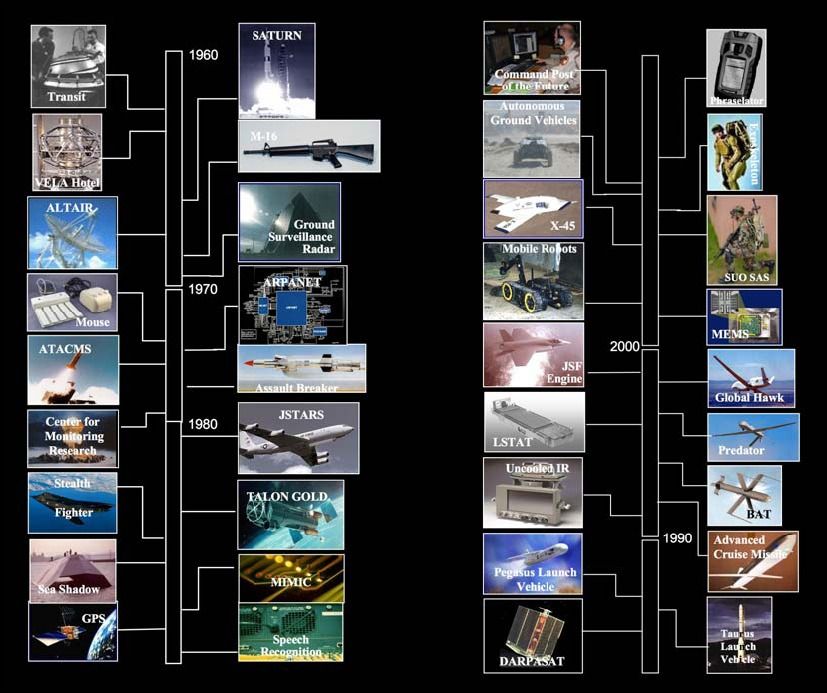Mar 25, 2007
Israeli Technology Turns Radioactive Waste Into Energy, Glass
Posted by Darnell Clayton in category: nuclear energy
Despite bringing us “pollution free” power, one of the unfortunate side effects from the nuclear age is radioactive waste. This deadly byproduct has the power of not only destroying the land around it in our present age, but for thousands of years into the future.
Although there have been various discussions on how to “deal” with this deadly waste product, it seems that some Israeli scientists have found an ingenious way of not only removing it but providing an incentive along the way.
(Israel 21st Century) “It also makes a good recyclable material for building and paving roads,” he assures them. Earlier, Shrem told ISRAEL21c that EER can take low-radioactive, medical and municipal solid waste and produce from it clean energy that “can be used for just about anything.”
Using a system called plasma gasification melting technology (PGM) developed by scientists from Russia’s Kurchatov Institute research center, the Radon Institute in Russia, and Israel’s Technion Institute — EER combines high temperatures and low-radioactive energy to transform waste.
Continue reading “Israeli Technology Turns Radioactive Waste Into Energy, Glass” »









